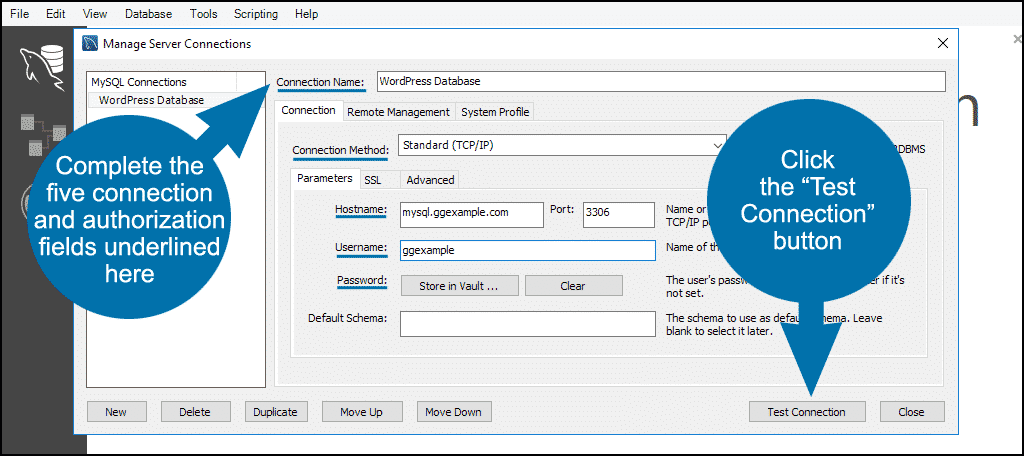
#Mysql data backup how to
For example, the following command demonstrates how to dump all your MySQL databases to the already existing “/var/In our case, and for your understanding, we named our dump file “all-databases.sql,” but you can use any other name of your preference. Using the command option “–all-databases” in your mysqldump command will take care of all the MySQL database dumps on your Linux system. Let us consider several user scenarios where we can use the mysqldump command to backup MySQL database data. If this dump command is executing through a cron job, the command option “–defaults-extra-file=/path/to/.my.cnf” should point the mysqldump command to the location of the database password.
#Mysql data backup password
However, using the location “~/.my.cnf” to store your MySQL database password makes the use of “-p” in the stated dump command unnecessary. While this article guide will focus on associating its usage with several MySQL dump examples, you should avoid using it directly when handling your real MySQL backup dumps, especially in a shared network.Ī running dump can be hijacked with a two-dimensional command like “ps ax,” revealing the associated database username and password. You can give this dump file a custom name if you like.īefore we proceed with this tutorial guide, there is something worth mentioning about “-p”. /path/to/.sql: points to the path location of the associated dump file.>: points to the destination of the output dump.: represents the name of your MySQL database.-p: represents the user password of the MySQL database.This user should be able to execute database dump operations. -u : represents a privileged user of the MySQL database.In addition, one or several MySQL database dumps are backed up or transferred to a secondary SQL database server.Ī standard mysqldump command is represented by the following command syntax. It results in several SQL statement sets, which recreates the original database table data and object definitions when executed.

This MySQL tool carries out logical backups. $ sudo chown $(whoami):$(whoami) /var/www_my_backups/ The mysqldump client utility The following command should list the currently active system user and detail if you have ownership privileges on the created backup folder. If you do not have owner access to the created backup directory, you will face permissions errors while running mysqldump tests. You can create your preferred backup directory on your local machine through a terminal command similar to the following: $ sudo mkdir /var/www_my_backups/Įnsure that the Linux-operated backup machine you are using has privileged you with root access or sudo privileges. For example, in this tutorial guide, we will be working under a backup directory in “/var/Ideally, it is recommended that all-important data backups take place on an offside server. Since Linux does not make a user recommendation for a MySQL data backup destination, It is up to you to choose a suitable backup location. Then, finally, we will touch on how using “crontab” can make this entire process easier through automation. First, you will understand the implementation of exporting databases through “mysqldump”. If you are an invested MySQL user or administrator, this article is here to fix your database backup worries. Such circumstances can lead to unforgiving data breaches, especially when you don’t have a database backup plan.


 0 kommentar(er)
0 kommentar(er)
